1. Twiggy’s Mod Look Takes Over the World
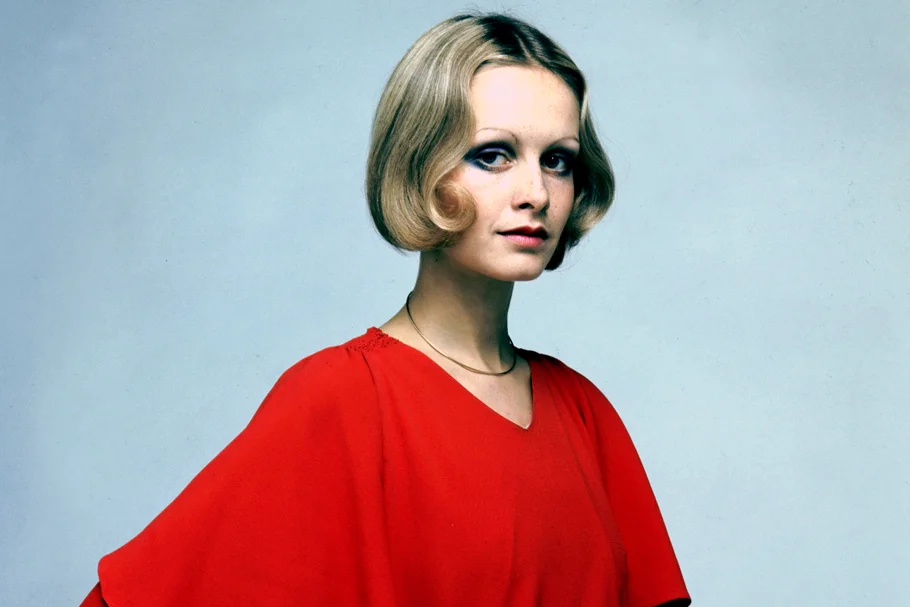
In the 1960s, English model Twiggy became the poster child for the mod movement, thanks to her iconic, androgynous look. With her cropped hair, exaggerated lashes, and bold makeup, Twiggy’s style was a stark contrast to the more curvy, traditional beauty standards of the time. Her minimalistic, yet striking wardrobe choices—like geometric dresses and oversized scarves—embodied the youth-driven cultural revolution that was the Mod trend. Twiggy’s aesthetic sparked a worldwide craze, making her one of the most photographed faces of the decade.
Her influence didn’t just stop with her modeling career; Twiggy’s look had a massive impact on fashion, inspiring women to embrace shorter haircuts and bolder makeup. The mod style was an expression of youth rebellion, and Twiggy became the face of that movement, cementing her place in fashion history. Her look, which emphasized clean lines and striking contrasts, is still referenced by fashion designers today, proving that her style is timeless.
2. Jackie Kennedy’s Pillbox Hat
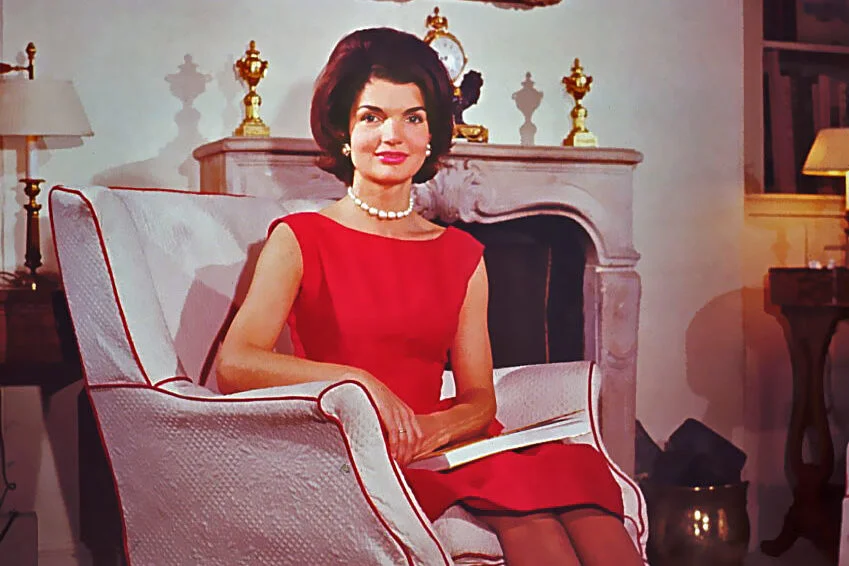
First Lady Jacqueline Kennedy made waves with her impeccable style, and perhaps no piece became as iconic as her pillbox hat. Often paired with sleek, elegant dresses, these hats became synonymous with her refined public persona. When she wore the famous white pillbox hat designed by John F. Kennedy’s friend, the late hat designer Louis, it became an instant classic. Jackie wore the hat on the day of her husband’s inauguration in 1961, marking a historic moment for both the U.S. and the fashion world.
The pillbox hat soon became an essential part of the fashionable woman’s wardrobe, symbolizing poise and sophistication. Its minimalist shape complemented Jackie’s clean lines and subtle glamour. Today, the pillbox hat remains a staple in retro-inspired fashion and a tribute to one of the most influential first ladies in American history.
3. The Birth of the Mini Skirt
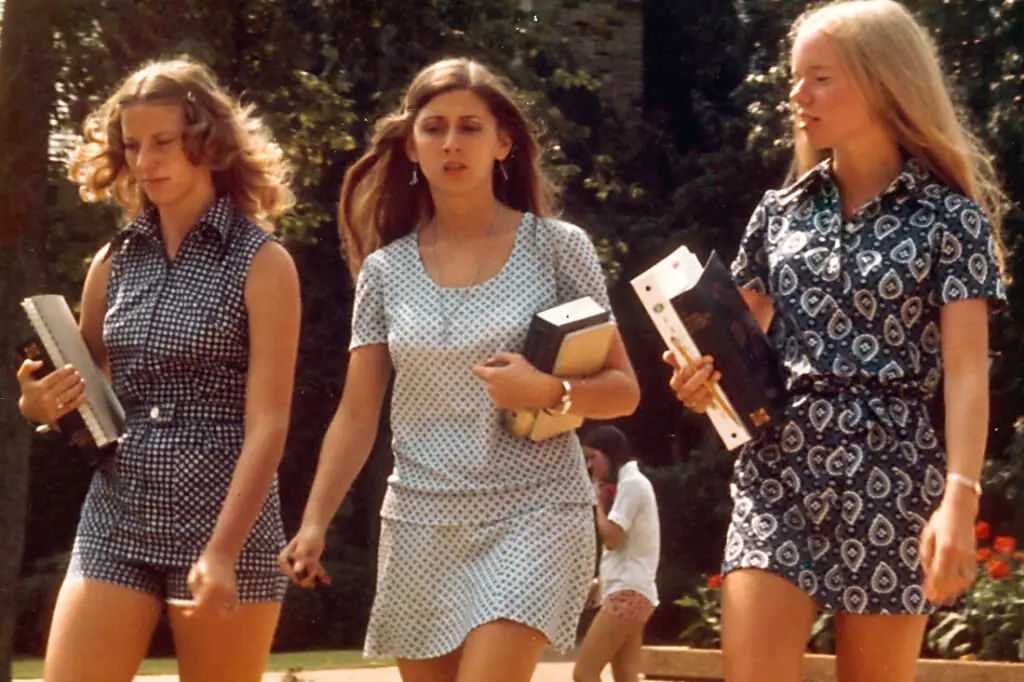
British designer Mary Quant is often credited with revolutionizing women’s fashion with the creation of the mini skirt. Introduced in 1965, this daring, above-the-knee skirt quickly became a symbol of the liberated woman. Quant’s design was a reaction against the more conservative fashion trends of the previous decades. The mini skirt embodied the spirit of the ’60s: youthful, bold, and carefree. It gave women the freedom to move, dance, and express themselves in ways that were previously unthinkable.
The mini skirt didn’t just catch on in London—it became a global sensation. Women across the world embraced this playful, rebellious trend, and it became a fashion statement that is still relevant today. Designers continue to reinterpret the mini skirt, showing its lasting impact on both high fashion and everyday wear.
4. The Rise of the Beatnik Look

The beatnik style, inspired by the countercultural beat generation, gained traction in the 1960s. This style was defined by simple, all-black outfits, turtlenecks, berets, and heavy use of accessories like large sunglasses and chunky jewelry. Beatniks, who were artists and intellectuals, sought to rebel against mainstream culture, and their fashion reflected that. The look was both avant-garde and effortless, exuding a sense of cool detachment.
While the beatnik style was initially confined to bohemian enclaves like Greenwich Village in New York, it soon spread into mainstream fashion. Stars like Audrey Hepburn, who was frequently seen wearing turtlenecks and simple black dresses, helped popularize the look. The beatnik aesthetic continues to influence modern-day fashion, with its minimalist and cool, nonchalant vibe.
5. The Introduction of Denim
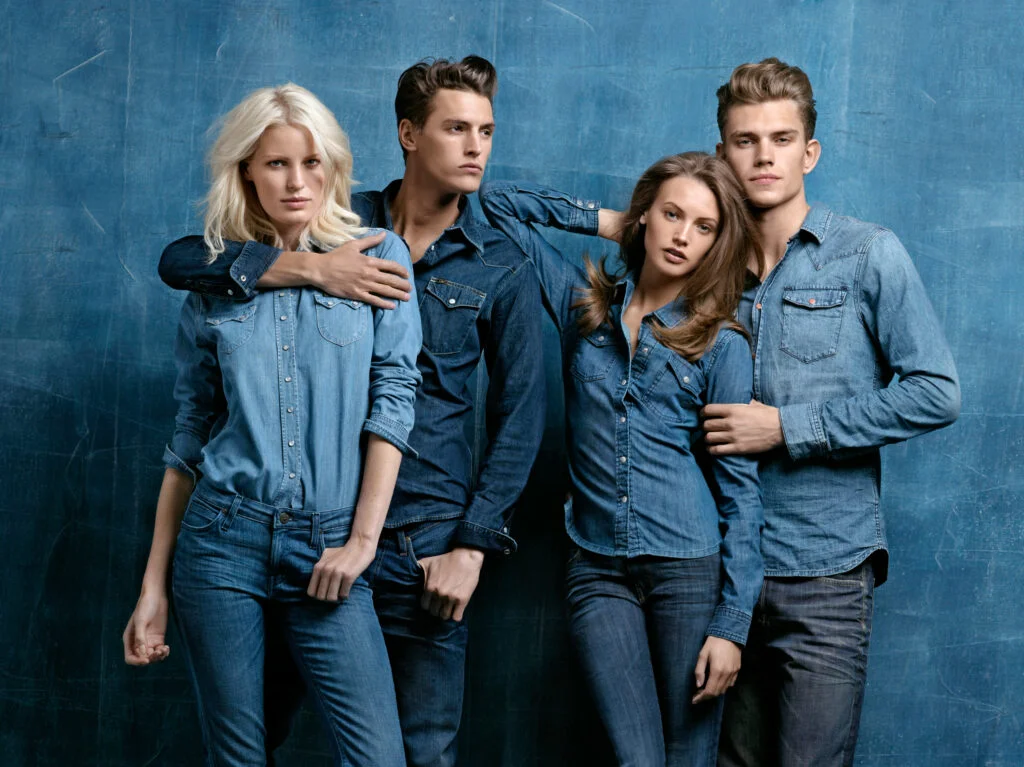
Though denim had been around for years, the 1960s saw it make its official debut as a mainstream fashion trend. Denim jeans, once worn mainly by workers and the lower class, became a symbol of youth culture and rebellion. The casual, comfortable nature of denim made it the perfect choice for the growing counterculture movement. Brands like Levi’s became household names as jeans became a must-have in every teenager’s closet.
Denim jeans were not just practical; they became a symbol of individuality and nonconformity. The trend expanded from just jeans to denim jackets, skirts, and even dresses. Today, denim remains a staple in fashion, proving that what was once a symbol of rebellion has now become an enduring, timeless fabric.
6. The Bohemian Look
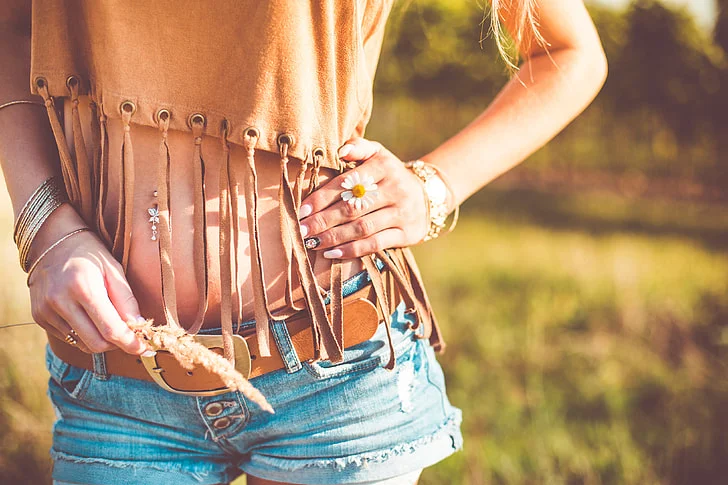
The ’60s marked the birth of the bohemian fashion movement, which embraced a relaxed, free-spirited approach to style. Inspired by the hippie movement, this look included flowing maxi skirts, fringe vests, ethnic prints, and headbands. The bohemian style was influenced by global cultures, reflecting a desire to break free from societal norms. Popularized by icons like Janis Joplin and Joni Mitchell, this carefree style embodied the ideals of peace, love, and freedom that defined the era.
The boho look continued to evolve, influencing fashion throughout the decades, with designers frequently drawing on its earthy, laid-back aesthetic. Today, bohemian chic remains a popular style, celebrated for its relaxed attitude and rich, eclectic patterns.
7. The Mad Men-Inspired Shift Dress
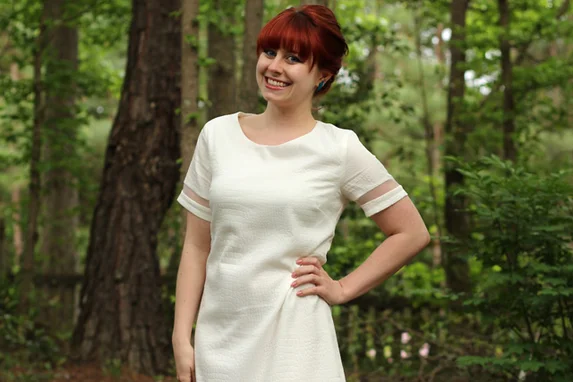
The early 1960s saw the shift dress become one of the most popular styles for women, in part thanks to its adoption by the characters on Mad Men. With its clean lines, geometric shapes, and minimal decoration, the shift dress was a sharp contrast to the more form-fitting dresses of previous eras. Designers like Yves Saint Laurent and André Courrèges were instrumental in popularizing the look. The dress allowed women to embrace a more modern, streamlined silhouette.
The shift dress was versatile, easy to wear, and perfect for both work and play. It exuded a sense of empowerment and confidence, offering women a more practical yet stylish option. Today, the shift dress continues to be a wardrobe staple for women seeking a sophisticated, minimalist look.
8. The Hippie Headband
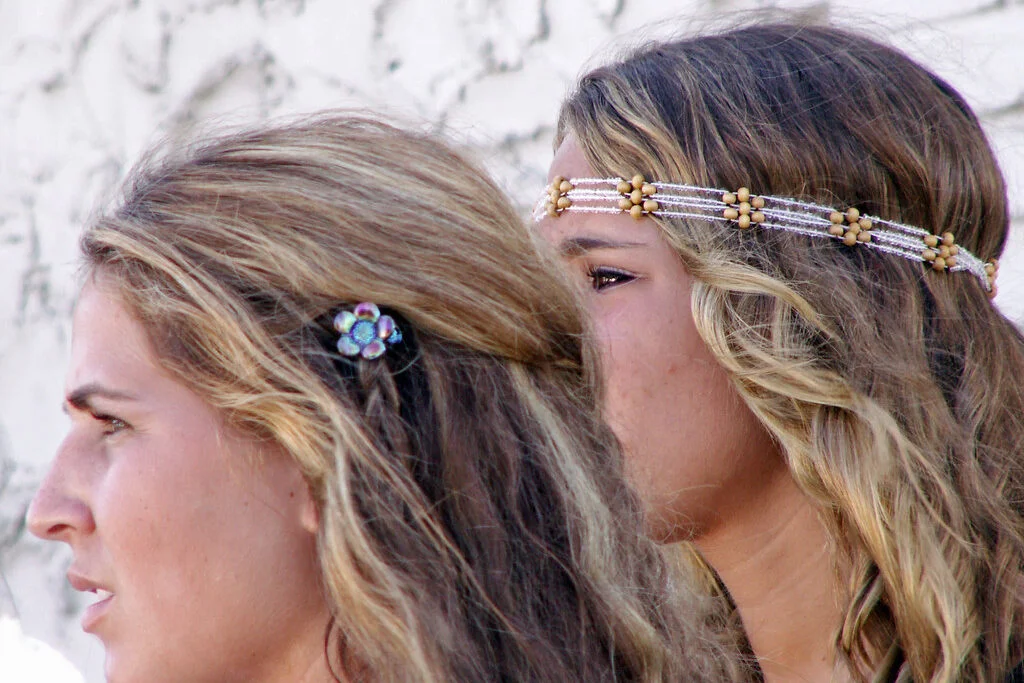
The flower child movement of the late ’60s introduced the iconic hippie headband, a fashion accessory that quickly became associated with peace and love. Often worn by both men and women, the headband was typically made of fabric or leather and was adorned with flowers, beads, or feathers. The look was popularized by stars like Jimi Hendrix and the members of The Beatles during their psychedelic phase.
The headband wasn’t just an accessory—it was a statement of defiance against the establishment and an embrace of free-spirited living. This simple, natural accessory remains a go-to for festival fashion and is regularly seen in boho-chic collections today.
9. The Shift from Corsets to Bralettes
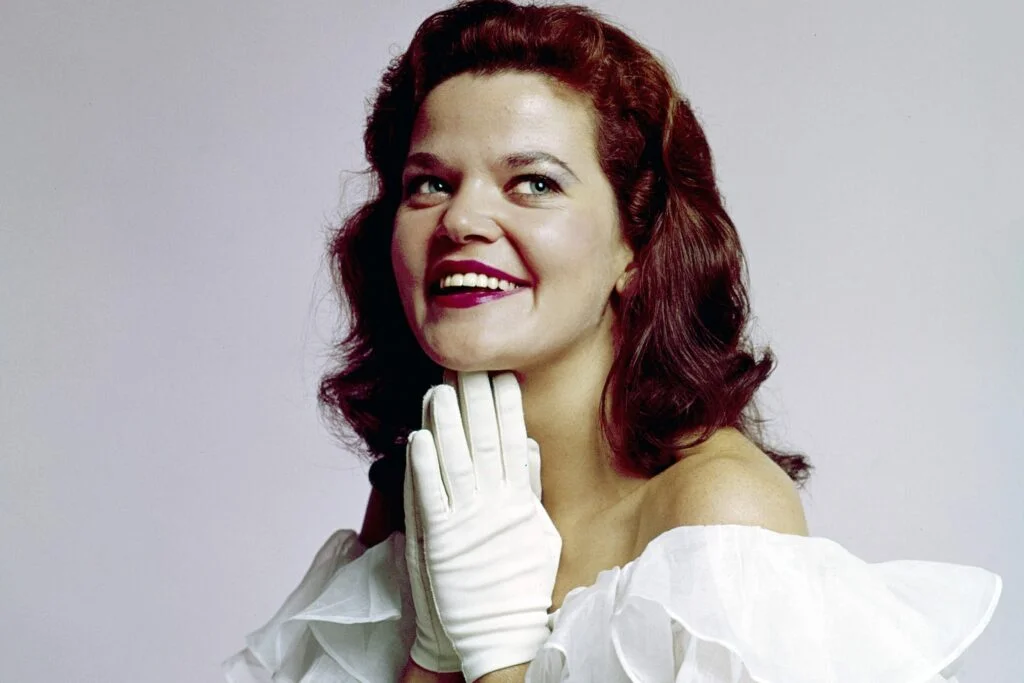
The 1960s saw a significant shift in women’s undergarments, with the rise of the bralette replacing the constricting corset. This change reflected the broader cultural shift toward greater freedom and self-expression. Bralettes, which were light and comfortable, offered a more natural fit compared to the rigid structure of corsets. The trend was a reflection of the growing feminist movement, as women increasingly rejected restrictive fashion in favor of comfort and autonomy.
While the bralette was not immediately embraced by everyone, it gained traction over time and eventually became the foundation of modern-day undergarments. Today, bralettes are a staple in every woman’s wardrobe, favored for their comfort and understated elegance.
10. The Swinging London Look
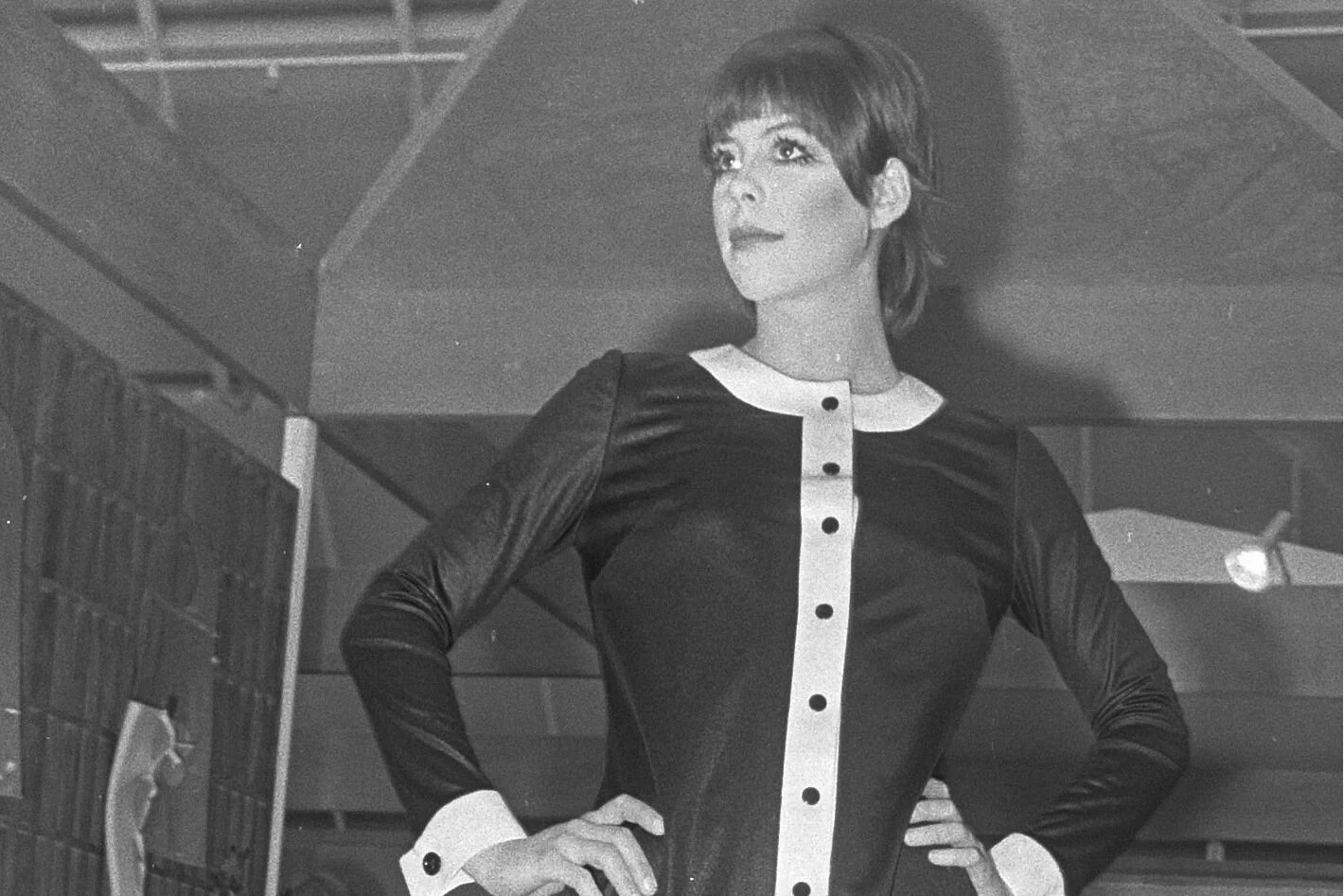
The 1960s saw London emerge as the fashion capital of the world, thanks in part to designers like Mary Quant and the rise of the “Swinging London” look. This style was all about youthful exuberance, with bold patterns, colorful mod dresses, and statement accessories. The fashion scene in London reflected the energy of the city itself: fast, modern, and rebellious.
The Swinging London look was about embracing youth culture and rejecting the conventions of previous generations. It influenced not just fashion, but also music, art, and social attitudes, making London the epicenter of ’60s counterculture. The spirit of Swinging London continues to be an inspiration for modern street style and avant-garde fashion.
11. Bell Bottoms Take Center Stage
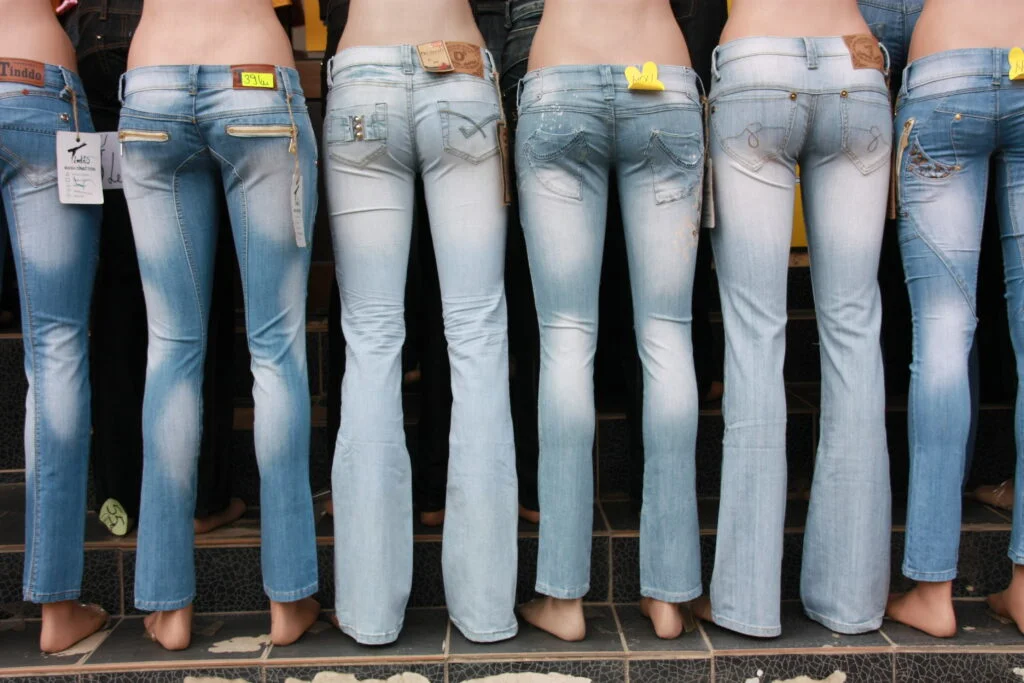
By the end of the ’60s, bell bottoms had become a ubiquitous part of the fashion scene. These pants, with their flared legs, were initially worn by sailors but soon became popular among hippies and the youth counterculture. The look embodied the free-spirited vibe of the time and was often paired with tie-dye shirts, peace sign jewelry, and fringe vests.
Bell bottoms were not just a fashion trend; they were a symbol of rebellion and individuality. This iconic look has continued to make comebacks over the years, with bell bottoms being reintroduced in various forms, including bootcut and flared jeans, proving that their cultural impact has stood the test of time.
12. The Power Suit
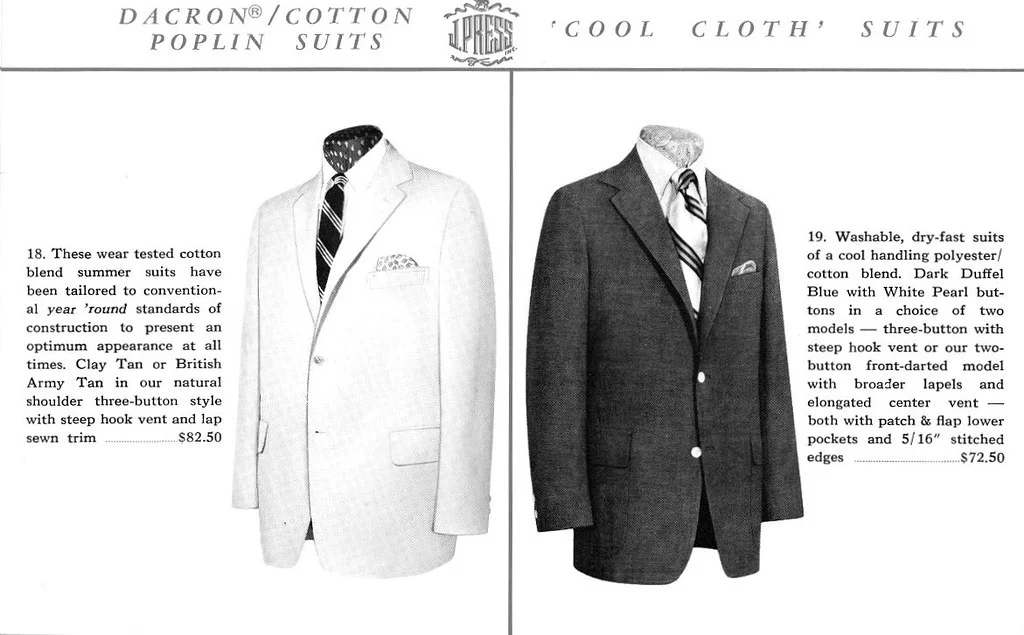
The 1960s marked the arrival of the power suit for women, a bold departure from the traditionally feminine attire of previous decades. Designers like Yves Saint Laurent and Giorgio Armani created sharp, tailored suits that allowed women to assert their presence in the workplace. The power suit, often paired with structured blazers and wide-legged trousers, was a symbol of women’s increasing independence and status in the professional world.
This trend was not just about fashion; it was about breaking barriers and challenging the status quo. The power suit continues to be an essential part of modern women’s wardrobes, symbolizing confidence and authority in both corporate and creative environments.


